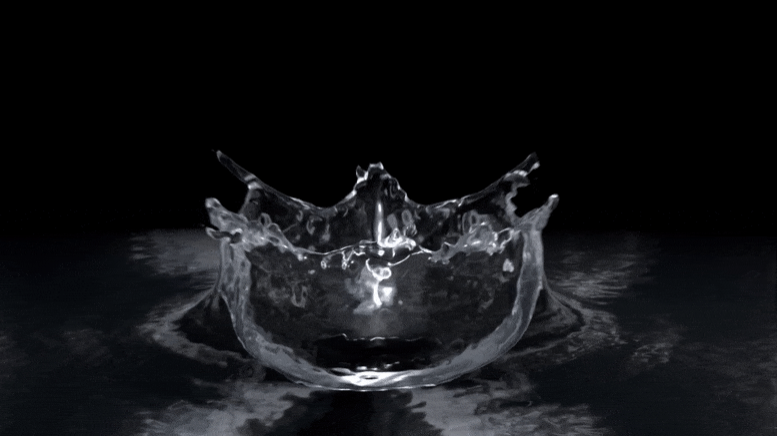Chemists had uncovered a mechanism for peptide-forming responses to appear in the water, which shows to proteins and thus to life on the planet. It may lead to quicker development of therapies for humanity's common debilitating illnesses.
Researchers have discovered a key to early Earth chemistry, which may open doors to faster chemical synthesis for drug discovery.
A group of chemists at Purdue University has discovered a mechanism for protein-forming reactions to take place in water, which has puzzled scientists for decades, as reported in the List23.
Mister Graham Cooks, a Purdue College of Science professor, acknowledges this is the foundation for life. "This is the foremost demonstration that primordial molecules, simple amino acids, spontaneously form peptides, the building blocks of life, in droplets of pristine water," educator Cooks said.
The water-based chemistry, which leads to proteins and, subsequently, life on Earth, may aid in discovering drugs to cure humanity's most severe diseases. For decades, scientists have been researching the chemistry of life on Earth. Every day, meteorites bring raw amino acids to Earth, where they build proteins and, presumably, life. Surprisingly, the procedure necessitates the loss of a molecule of water, which looks impossible in a moist, aquatic, or marine ecosystem.
The Chemists' Goal In Search of Scientific Discovery
Professor Cooks, a mass spectrometry scientist and early Earth chemistry professional, and his team of experts have solved the riddle: "Water isn't wet everywhere." Extremely fast reactions can occur on the fringes, where the water droplet reaches the atmosphere, transforming abiotic amino acids into the building blocks of life. As a result, favorable environments for life's potential evolution were found where sea spray shoots through into the air and waves pound the earth or freshwater burbles onto a slope, according to Tech Explorist.
Over the past decade, scientists have used mass spectrometers to study biochemical processes in water droplets. "Reaction paces in droplets existed ranging from a hundred to a million times quicker compared to the same combinations interacting in prevalence solution," Cooks remarked.
These high rates of such reactions eliminate the need for catalysts, speeding up the interactions and allowing life to evolve in the case of early Earth chemistry. Years of scientific investigation have been devoted to determining how this process functions. The mystery of how life first appeared on Earth can assist researchers in better comprehending why it occurred and influencing their hunt for life on other planets or moons.

Understanding the Water Chemistry Synthesis
Discovering how amino acids formed proteins and living forms fundamentally changes scientists' understanding of chemical synthesis. By expediting complex background, that same chemistry might assist synthetic chemists in identifying and developing breakthrough drugs and therapeutic approaches for disorders.
"If people travel around an academic institution at night, the buildings with lights on are where synthetic chemists work," Cooks explained. "Their research is so idle that they run for days or weeks at a time." This isn't vital, and we've developed supplies utilizing liquid chemistry at Purdue to speed up the synthesis of new compounds and possible new medications."
The recent study was officially published in PNAS or the Proceedings of the National Academy of Sciences (PNAS).
RELATED ARTICLE : Olivine Crystals Can Trigger Deep Earthquake, Recent Study Claims
Check out more news and information on Chemistry News in Science Times.
© 2026 ScienceTimes.com All rights reserved. Do not reproduce without permission. The window to the world of Science Times.












